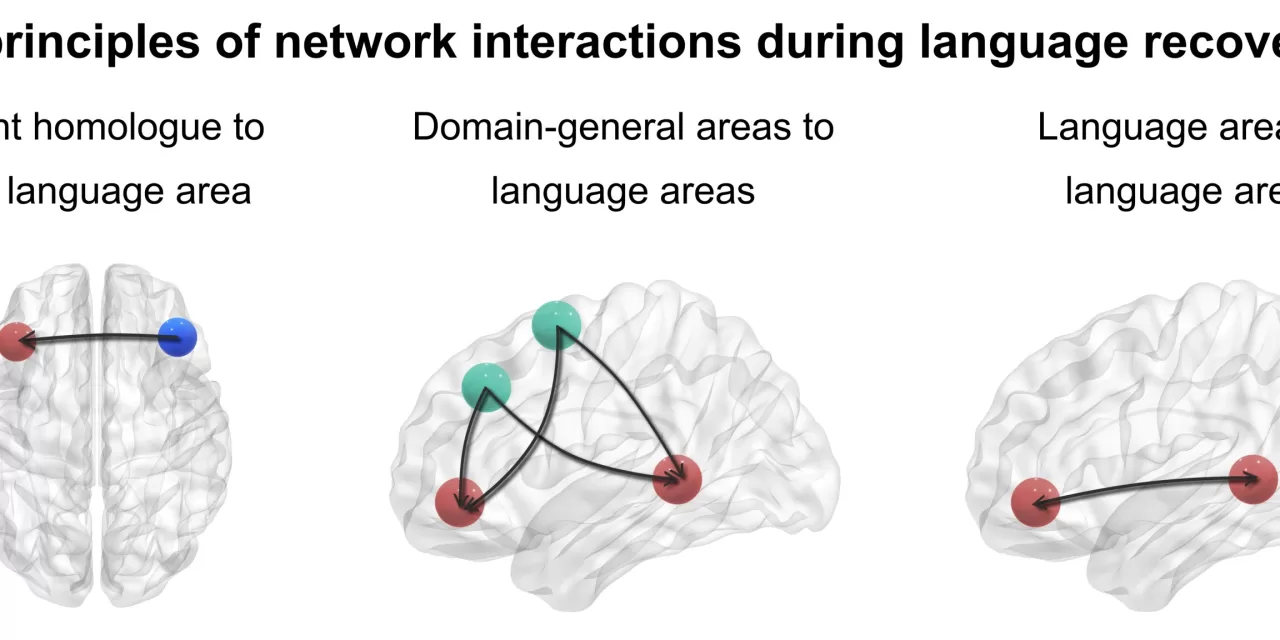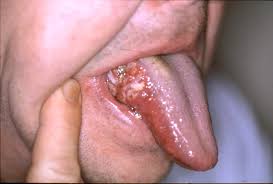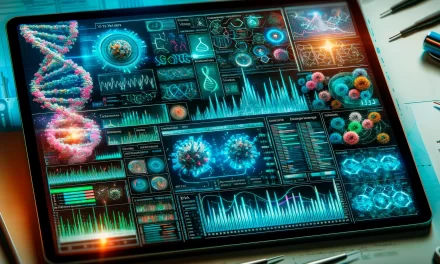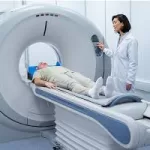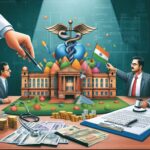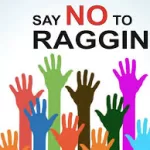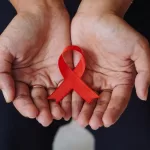A groundbreaking new study sheds light on how the brain reorganizes itself in the crucial months following a stroke, offering fresh insights into the mechanisms behind language recovery. The findings, published in the journal Brain, have the potential to revolutionize personalized stroke treatment and deepen our understanding of functional brain networks.
Unraveling the Mystery of Speech Recovery
For many stroke survivors, losing the ability to communicate can be one of the most devastating consequences of the condition. However, in many cases, language skills gradually improve over time, aided by both natural brain plasticity and targeted speech therapy. Until now, the specific neural processes behind this recovery remained largely unknown.
“In our study, we examined stroke patients at three stages: immediately after their stroke, then two weeks later, and finally six months post-stroke,” explained Professor Gesa Hartwigsen from the Wilhelm Wundt Institute of Psychology at Leipzig University and the Max Planck Institute for Cognitive and Brain Sciences.
Unlike previous research that primarily focused on isolated language centers in the brain, this study took a broader approach, analyzing the interactions between multiple brain regions on a network level.
“Language processing involves many interconnected brain areas,” Hartwigsen noted. “However, it was unclear how these areas collaborate and compensate for damage following a stroke.”
Key Findings: How the Brain Adapts
The researchers identified three fundamental principles of language recovery:
- Compensation from Other Brain Areas: When stroke damages language-specific areas in the left hemisphere, other brain regions quickly provide functional support. These “domain-general” areas exist on both sides of the brain and assist in cognitive tasks.
- Activation of Right-Hemisphere Counterparts: The study found that mirror-image areas on the right hemisphere, typically less involved in language processing, step in to support recovery. These areas, known as homologues, play a crucial role in regaining lost speech functions.
- Enhanced Communication Between Left-Hemisphere Networks: Even within the damaged left hemisphere, communication between different language-related brain areas intensifies during recovery, further aiding the restoration of speech abilities.
A Flexible and Individualized Process
One of the study’s most intriguing discoveries was that recovery pathways varied significantly among patients. The brain’s adaptation strategy depended on the specific location of the stroke damage—whether it affected the front or back of the left hemisphere.
To ensure consistency in their findings, the researchers only studied right-handed individuals who had suffered strokes in the left hemisphere, as language processing areas differ between right- and left-handed people.
The study involved 51 participants, including 34 stroke patients and 17 healthy controls. Their brain activity was measured at Leipzig University Medical Center using functional MRI scans while they performed language tasks.
By employing a sophisticated modeling technique, the researchers could map out how different brain regions influenced one another throughout the recovery process. “Our method not only showed which areas were activated but also revealed the direction of network communication at different stages of recovery,” said Dr. Philipp Kuhnke, one of the study’s authors.
Implications for Future Stroke Treatment
The researchers believe that their findings could pave the way for more personalized rehabilitation strategies. One promising avenue is the use of targeted neurostimulation techniques, which could enhance recovery by stimulating specific brain areas.
“These insights bring us closer to individualized stroke therapies,” Hartwigsen said. “However, further research with larger and more diverse participant groups is needed before these methods can be widely implemented.”
As the research progresses, scientists are also investigating key indicators that could help predict a patient’s likelihood of successful speech recovery soon after a stroke.
Reference
Zhizhao Jiang et al, Dynamic reorganization of task-related network interactions in post-stroke aphasia recovery, Brain (2025). DOI: 10.1093/brain/awaf036
Disclaimer
This article is for informational purposes only and does not constitute medical advice. Stroke patients should consult their healthcare providers for diagnosis, treatment, and rehabilitation options tailored to their specific needs.

